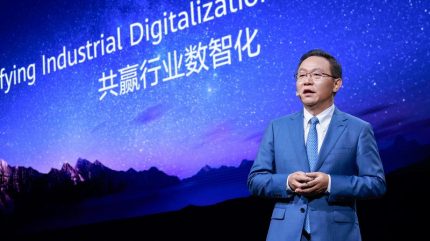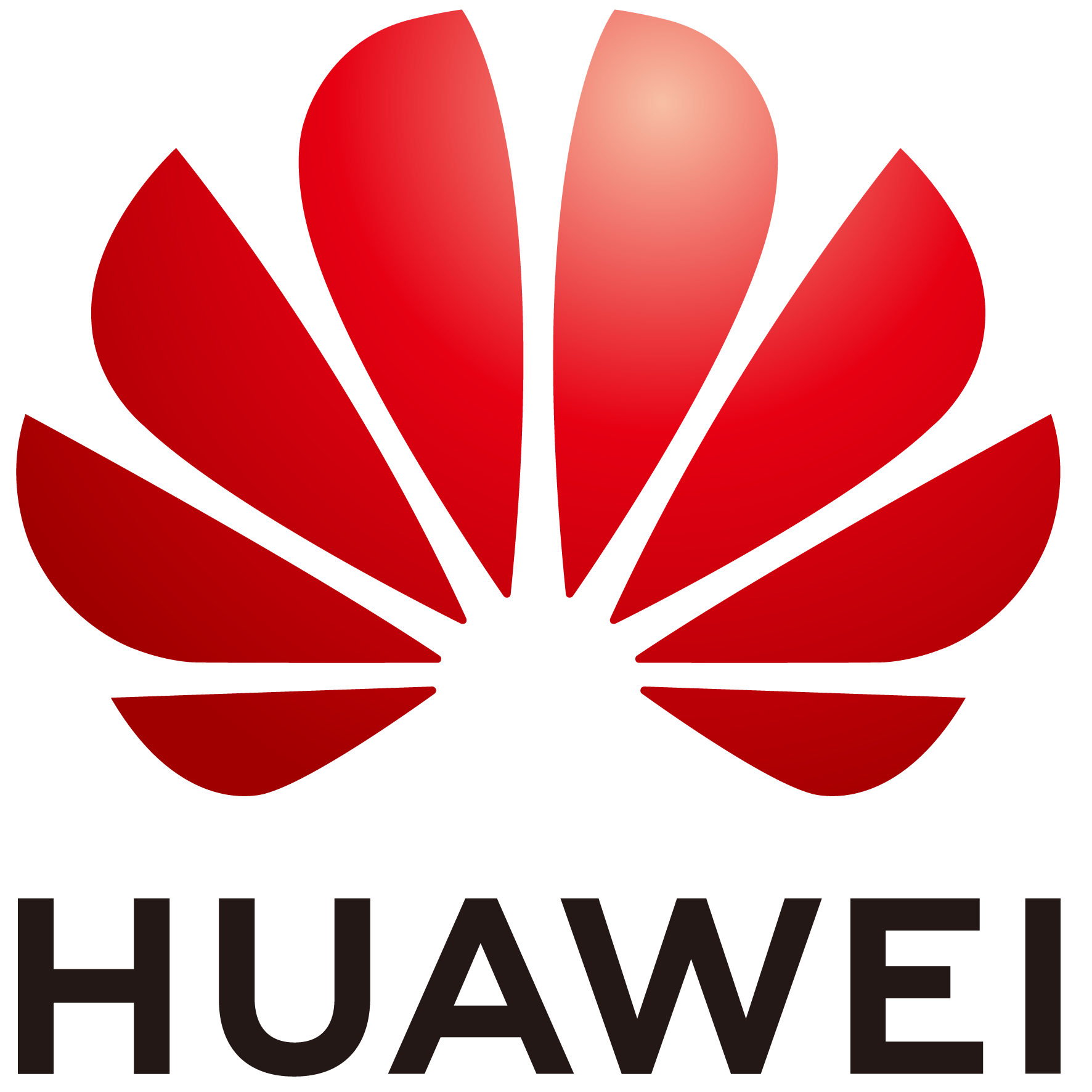
During Huawei Connect 2024, David Wang delivered a keynote speech titled “Amplifying Industrial Digitalization and Intelligence”. Wang shared Huawei’s views on and experience in helping industries go digital and intelligent and he also released brand-new solutions for industrial intelligence to facilitate the deep integration of AI into industry scenarios.
Wang said, “Digital and intelligent transformation is picking up steam in all industries. And this progress is creating huge opportunities for everyone.”
He continued, “We want to work with customers and partners to build future-proof infrastructure. Together, we will also craft new scenario-specific solutions, and create a fertile space for both the economy and society to thrive. Together, let’s seize the opportunities presented by this transformation and bring its benefits to all. Hand in hand, I know we will create a better future.”
The Fourth Industrial Revolution is currently being driven by digital and intelligent technologies, and is expected to take productivity to new heights. Huawei has identified a four-step path that countries can follow when looking to go digital and intelligent, where each step builds upon the previous.
Wang pointed out that innovation would be key to addressing the challenges and opportunities created by this process, and said that technological innovation will be needed to build powerful infrastructure, scenario innovation will be needed to help more people cross the digital chasm, and ecosystem innovation will be needed to create a bright future for all.
Innovative digital and intelligent infrastructure for connectivity, storage, computing, cloud, and energy
Huawei creates next-gen infrastructure using system-level innovation in its five core domains: connectivity, storage, computing, cloud, and energy. In intelligent connectivity, Huawei uses high transmission capacity to accelerate both agile cloud migration and on-demand intelligence. In future-proof data storage, the company builds data supply optimized for large-scale intelligence. In computing, it works with partners to build solid computing backbones and complete industry ecosystems with Kunpeng and Ascend, to offer the world another option. In cloud, Huawei is building clouds tailored to different industries, and creating a fertile space for industrial, digital, and intelligent transformation. Huawei is also doing significant working in building green energy infrastructure that will power the digital world.
Launch of the brand-new CANN 8.0 and openMind application enablement kit for thriving computing industry ecosystems
Over the past five years, Huawei has developed two computing businesses – Kunpeng for general-purpose computing and Ascend for AI computing – to create another option for the world. To date, Huawei has worked with 7,600 partners and 6.35 million developers to develop over 20,000 industrial solutions within these ecosystems.
Kunpeng has seen wide adoption in core scenarios across many industries, such as public services, finance, telecoms, and electric power. openEuler currently ranks first in China’s server OS market, with a 36.8% market share. openEuler has also seen over 3.5 million downloads, serving users in more than 150 countries.
Ascend has also built a full series of open and easy-to-use products for training and inference, including hardware, software, end-to-end toolchains, and the hardware enablement architecture, CANN. These products are used to accelerate the development and innovation of parallel algorithms, models, and applications.
Huawei unveiled its brand-new CANN 8.0 at today’s event. CANN is the bedrock of the Ascend ecosystem, as it supports over 200 new basic operators for in-depth optimization, 80 fused operators, and 100 APIs for communications and matrix multiplication. CANN 8.0 shortens fused operator development from 2 person-months to 1.5 person-weeks, which accelerates Ascend-native innovation.
Huawei also launched its openMind application enablement kit, which will be opened up to companies so that they can accelerate their AI innovation. This kit will help companies quickly build their own AI communities and create a thriving ecosystem.
Wang explained that Huawei has been working hard to build up its Kunpeng- and Ascend-native ecosystems. He announced that, Huawei will invest CNY1 billion annually into the Kunpeng- and Ascend-native Development Program, and over the next three years, develop more than 1,500 Kunpeng-native and Ascend-native application partners.
Launch of the Amplifying Industrial Digitalization & Intelligence Practice White Paper and 10 major solutions for industrial intelligence
In 2023, Huawei released a reference architecture for intelligent transformation that they have used to develop over 200 industry solutions. These solutions have been extensively deployed and Huawei has since defined multiple implementation models for digital and intelligent transformation.
At today’s event, Huawei launched its Amplifying Industrial Digitalization and & Intelligence Practice White Paper that contains 100 case studies from over 20 industries for customers to reference during their own digital and intelligent transformation.
Huawei also today launched 10 new digital and intelligent solutions for industries like public services, finance, transportation, manufacturing, electric power, mining, and oil and gas based on the reference architecture for intelligent transformation.
Release of the Global Digitalization Index and plan to cultivate digital and intelligent professionals for a shared digital economy
In 2014, Huawei released its first Global Connectivity Index (GCI) report. The GCI quantifies the value of connectivity and its impact on the digital economy.
However, Wang said that, as digitalization is having a greater impact on the digital economy, Huawei and IDC decided to jointly develop a new Global Digitalization Index (GDI), which was also released at the event. Building on the GCI, the GDI factors in new indicators that look at digital infrastructure, including computing, storage, cloud, and green energy. It also quantifies the value of each country’s ICT industry and its impact on their national economy.
This research found that each US$1 investment in ICT results in an US$8.3 return in a country’s digital economy. Wang also said that the company will continue working on the GDI as intelligent applications see wider adoption, which will soon culminate into the Global Digitalization & Intelligence Index (GDII). The GDII will provide a reference for global digital economy development.
Wang also spoke about how Huawei has been working to provide tech-based, practice-oriented enablement training to various groups of people around the world. Huawei plans to nurture over 10 million digital and intelligent professionals by 2030, to build a fertile space where all digital and intelligent ecosystems can thrive. Wang explained that, through this, Huawei will contribute to industry prosperity and sustainable development.


